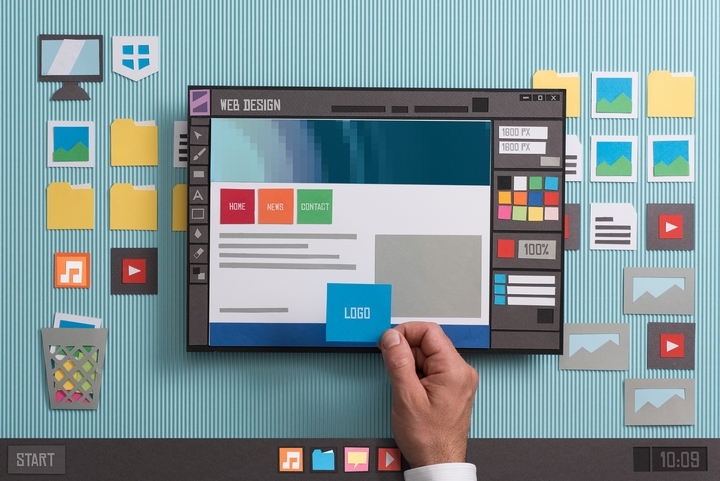Digital signage has become a vital tool for businesses of all sizes. From promoting products to improving customer experiences, digital signs offer a dynamic way to communicate with your audience. Setting up digital signage for your business might seem overwhelming, but it can be efficient and rewarding with the right approach.
This guide will walk you through the key steps to digital signage. We’ll ensure you have the right tools and strategies to maximize your investment. With proper planning and execution, digital signage can boost brand presence and drive engagement.
Define Your Goals

Before you get into the technical aspects, it’s crucial to outline what you want to achieve with digital signage. Are you looking to increase sales, engage more with customers, or make your brand more visible? Clear objectives will guide your content, screen placement, and signage design decisions.
Think about how digital signage can tackle specific issues for your business. For example, a retail store might use it to highlight promotions, while a restaurant might display digital menus. By defining your goals, you can create relevant and targeted content.
Choose the Right Digital Signage Software

Digital signage systems are based on the software that runs them. Digital signage software allows you to manage and control what’s displayed on your screens from a distance. Many choices offer different features, such as content scheduling, social media integration, and real-time updates.
When selecting software, look for one that is user-friendly, scalable, and works with your current hardware. The software must offer strong content management capabilities, especially if you plan to manage multiple screens in different locations. Cloud-based software is a popular option, allowing remote access and updates from anywhere.
Select the Appropriate Hardware

After choosing your digital signage software, the next step is picking the right hardware. The main components are the display screens and the media players that connect to them.
Think about the size, resolution, and brightness of your screens. You want your content to be easily visible, especially in bright areas. LED and LCD screens are popular because they are durable and good quality.
Pick a reliable media player. This device links your screen to the internet and ensures the content from your software shows up correctly. Some screens have built-in media players, which can be handy for businesses with simpler needs.
Plan Your Content Strategy

With the hardware and software ready, it’s time to focus on what you’ll display. Digital signage requires a clear plan. What message do you want to convey? Will it be promotional videos, infographics, or live social media feeds?
Make sure your content matches your audience and business goals. For instance, a café might show menus and daily specials, while a corporate office might display internal communications or company updates. Keep the content fresh and relevant to avoid boring your viewers.
When creating content, keep it simple. Use clear messages and high-quality visuals to catch people’s attention. Short videos, rotating images, or slideshows work well in most settings.
Determine Screen Placement

Where you place your screens will greatly affect digital signage. Placement depends on your business type and customer traffic flow. In retail settings, screens are often near entrances, checkout areas, or product displays to grab attention and influence buying decisions.
Digital signage typically displays menus or promotional offers behind the counter or along the walls in restaurants. Screens are usually displayed in office lobbies, conference rooms, or common areas to share important information.
Also, think about viewing distances. Ensure your screens are large enough for customers to read and see content easily from a reasonable distance.
Schedule and Manage Content

Digital signage allows scheduling content by time, day, or specific events. Digital signage software automates updates without manual effort.
For example, a retail store could schedule different promotions at various times of the day, like morning coffee specials or evening sales. Scheduling helps you target the right audience at the right time, making digital signage more effective.
Regular management and updates are also key. Monitor your signage performance, check for outdated content, and refresh your displays often. This keeps your digital signage relevant and engaging.




